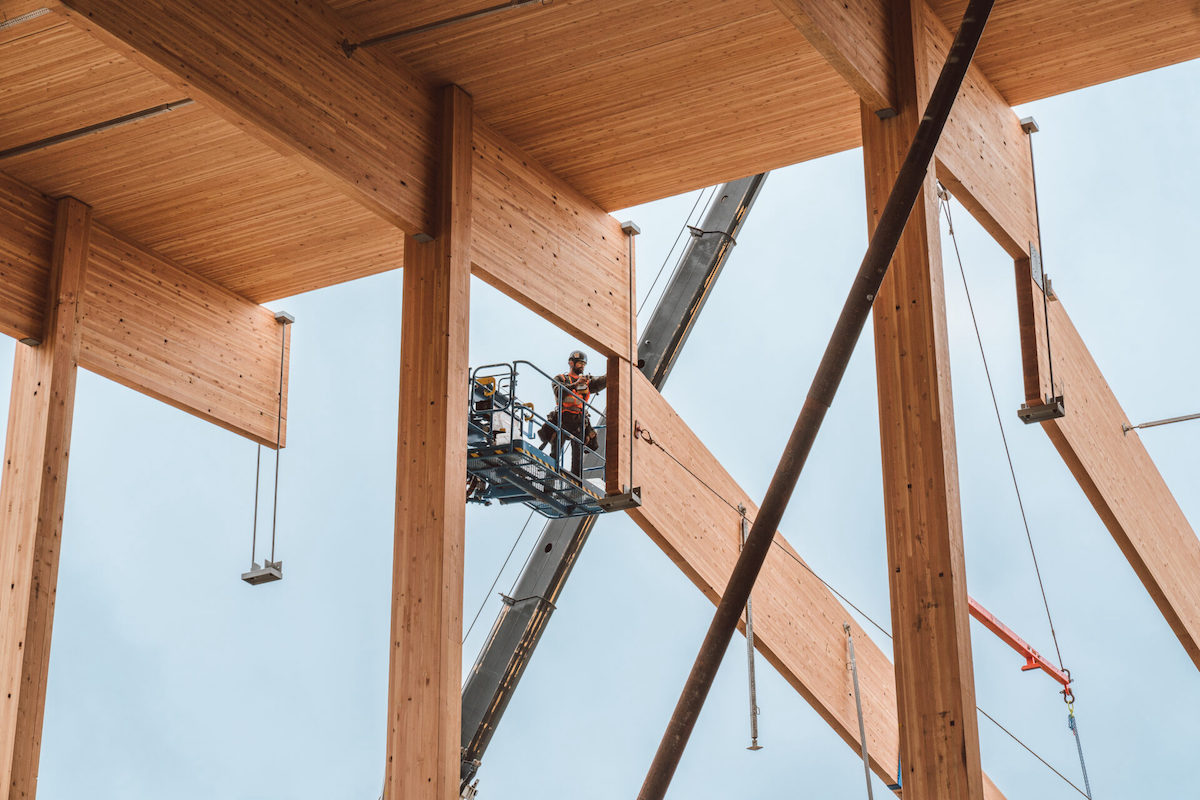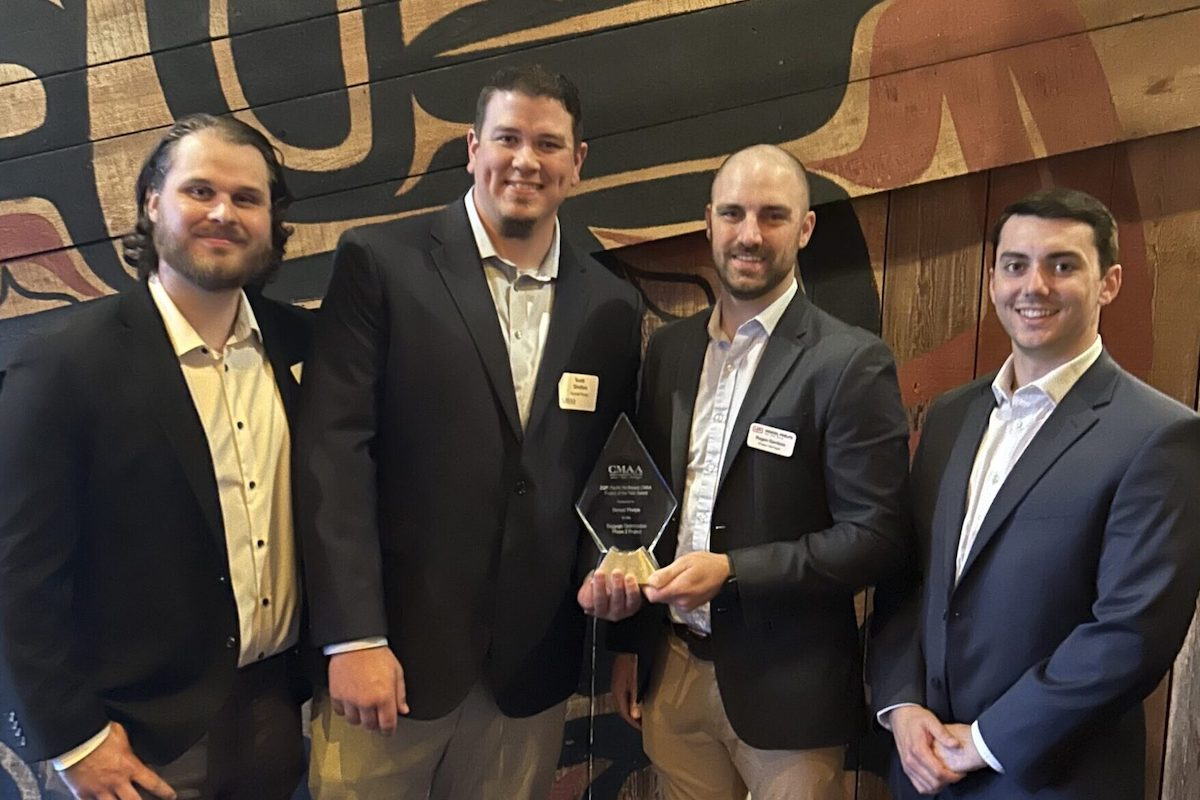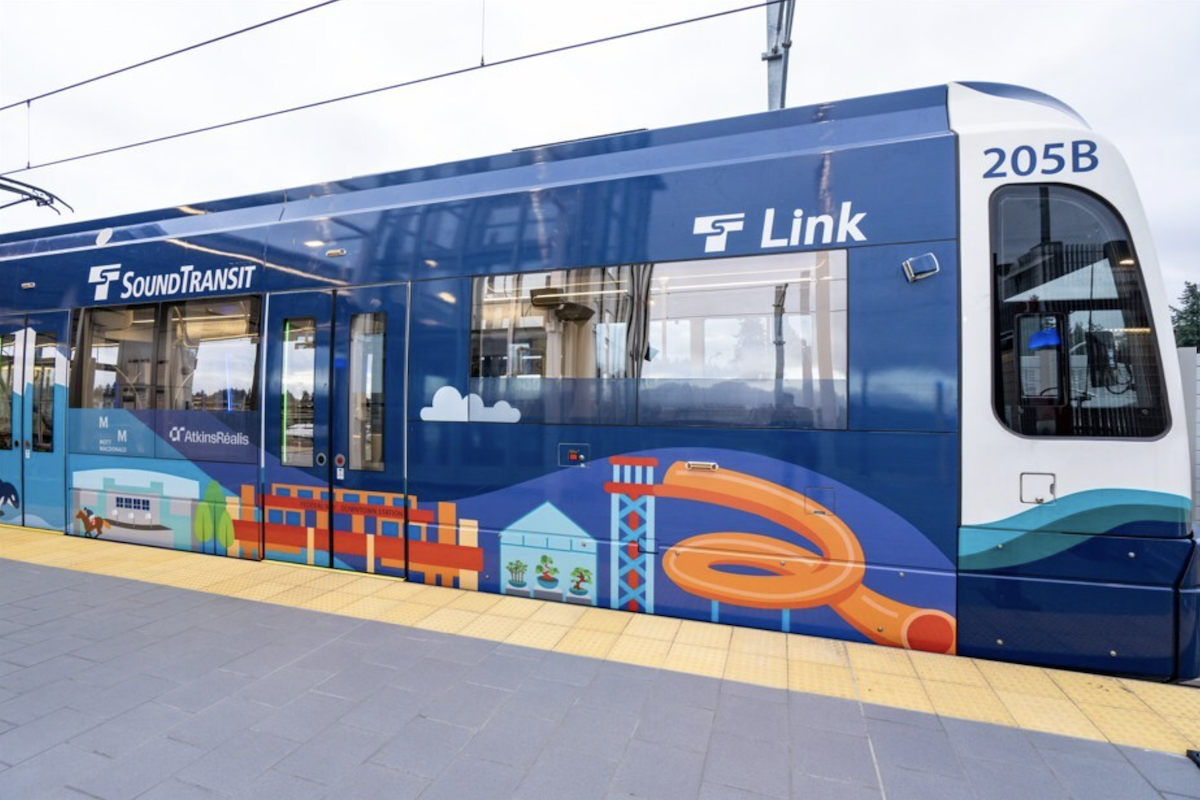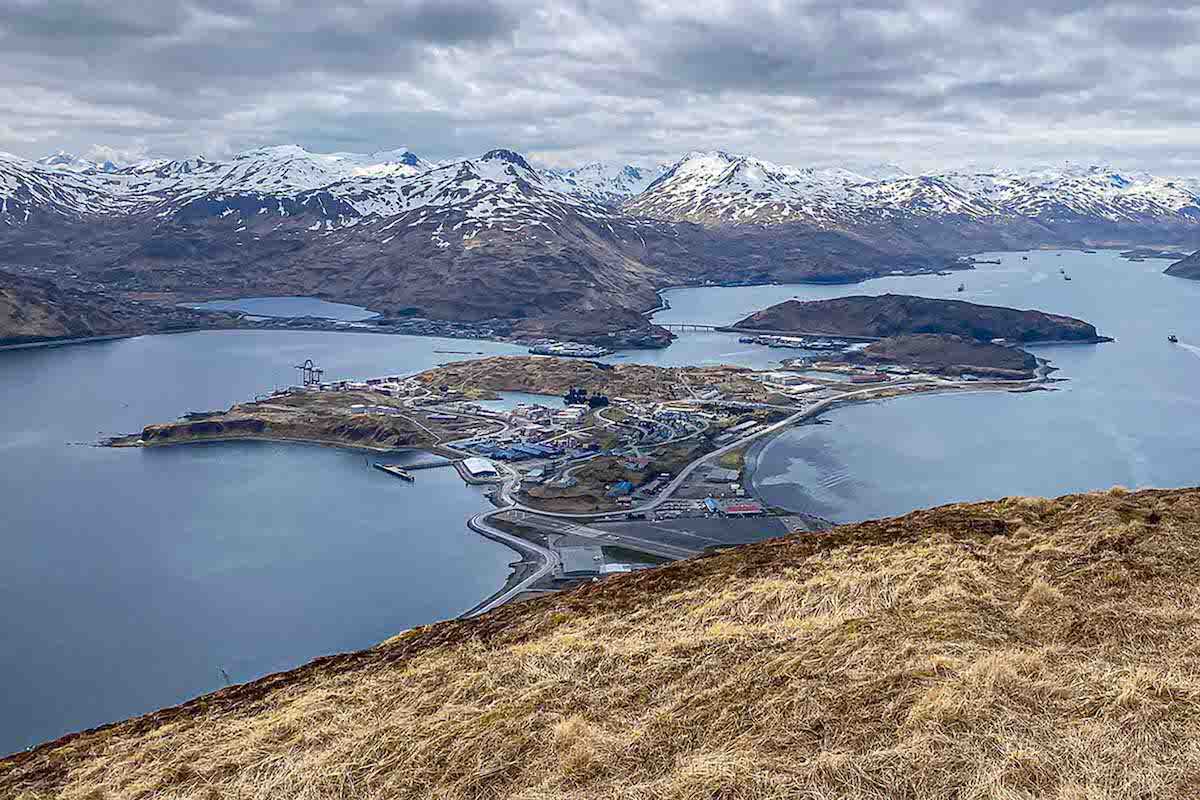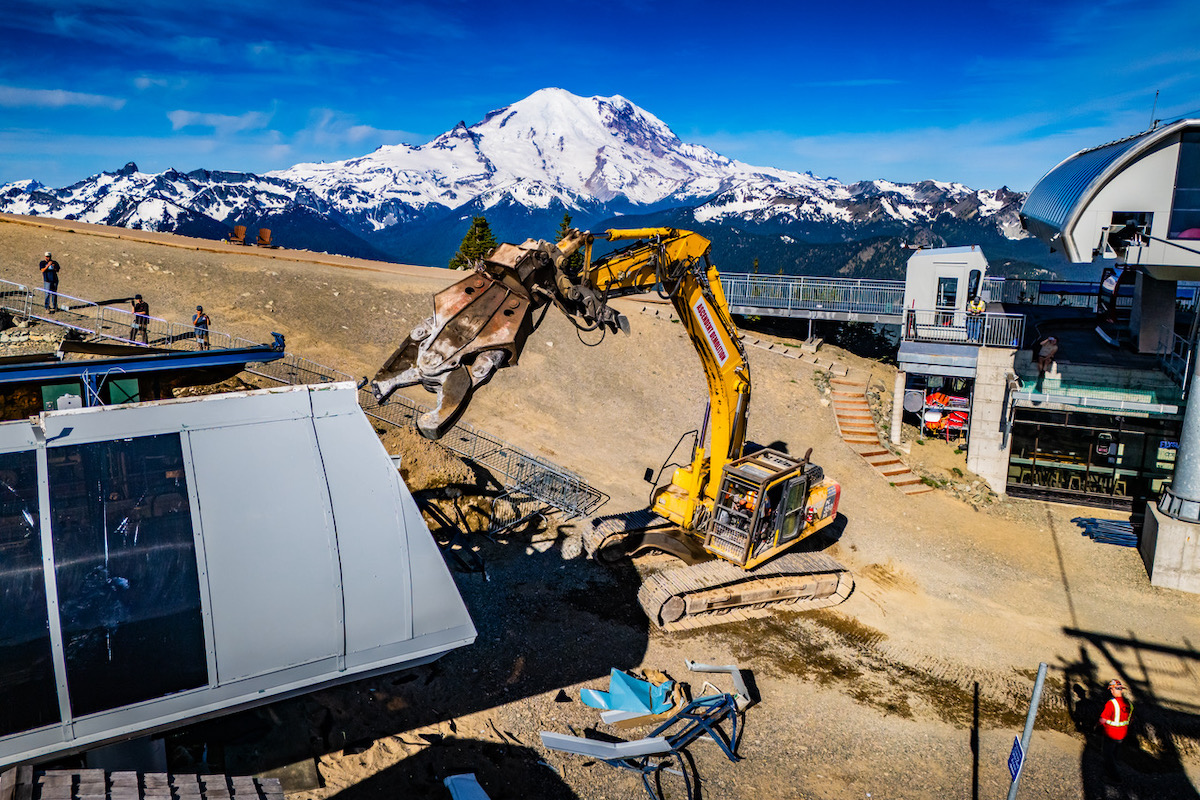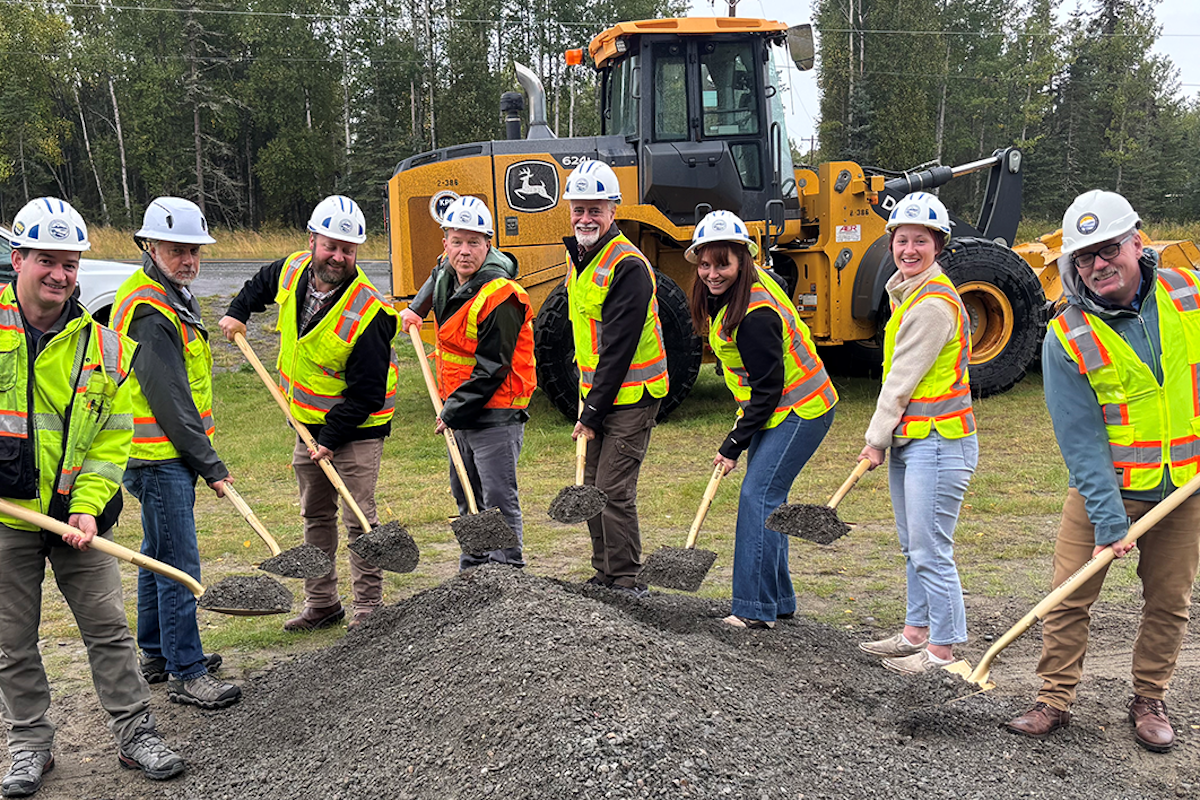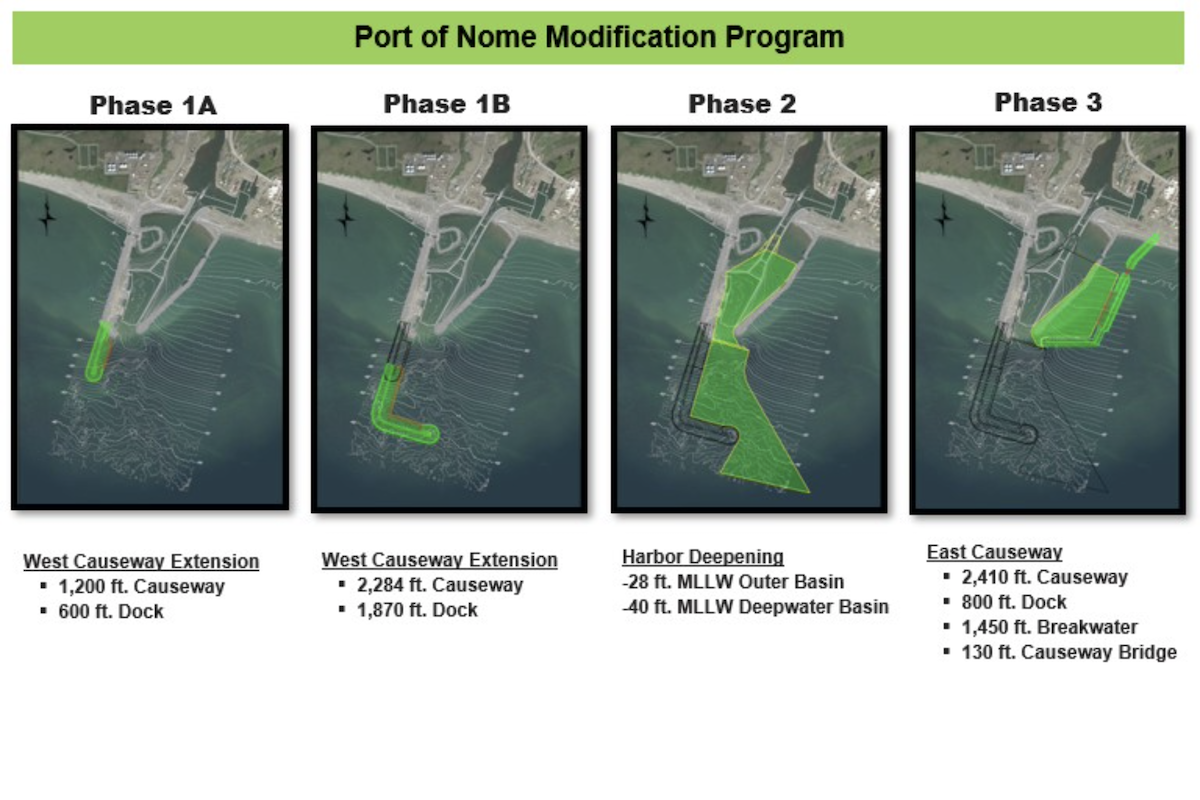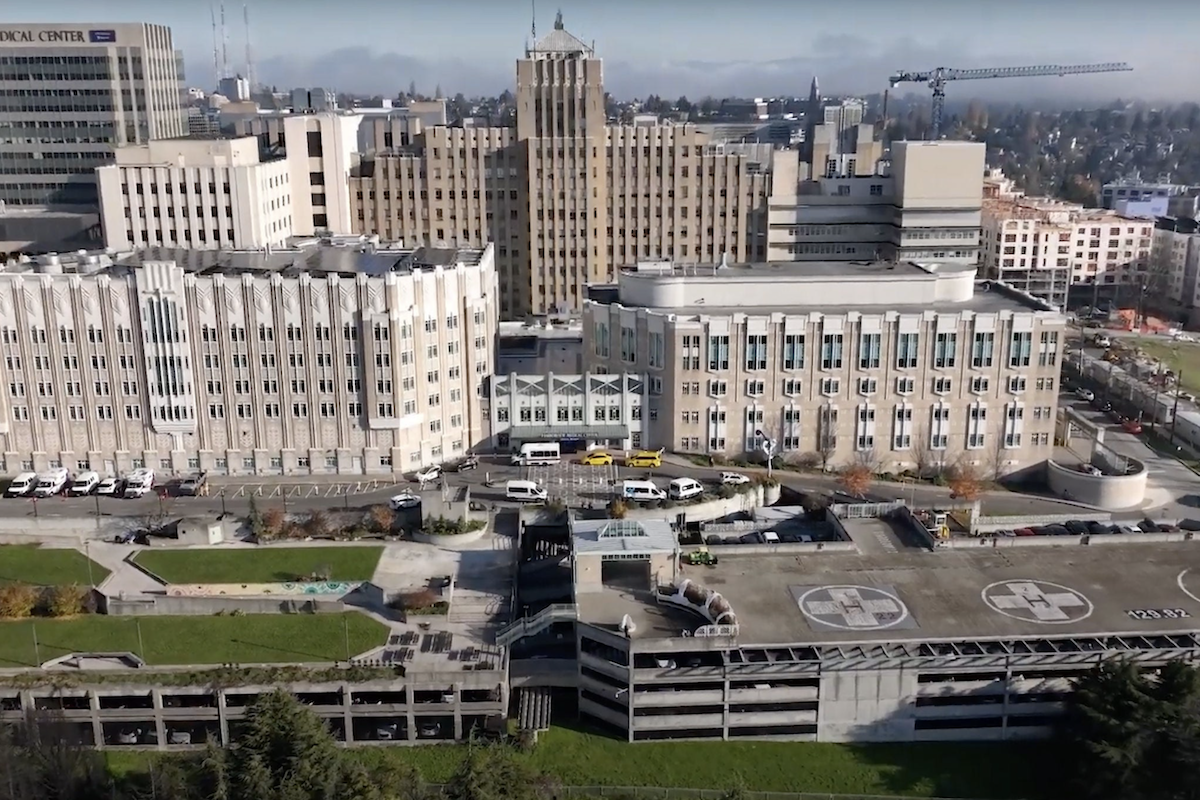“Reconnecting Colorado Lagoon to Alamitos Bay will improve the lagoon’s water quality as well as restore and expand our local wetlands,” said Robert Garcia, the Mayor at the time of the project’s groundbreaking in fall 2022. “This project serves as the pinnacle of our Colorado Lagoon Restoration Plan.”
The 18-acre, salt-water lagoon — formerly part of the Los Cerritos Wetlands — is a destination where people can enjoy swimming and other recreational activities. It also serves as an estuarine habitat, and it collects stormwater.
That runoff led to an accumulation of contaminants and sediment in the lagoon’s water. Additionally, the existing culvert did not allow for an exchange of water. The lagoon ended up on the Federal Clean Water Act list of impaired water bodies.
Multiple projects have taken place over the years, including the cleaning of a 900-foot underground concrete box culvert that allowed water to flow to the bay and, ultimately, the Pacific Ocean in 2010. Other work in phase one included removing the tidal gates and upgrading the storm drains, as well as a low-flow diversion system to send runoff into the sewer system.

| Your local Bobcat dealer |
|---|
| Pape Material Handling |
During the second part of that first phase, crews dredged about 72,000 cubic yards of contaminated sediment, removed a parking lot and access road, and eliminated invasive vegetation. The second phase, completed in 2017, created and expanded subtidal and intertidal habitat, extended a pedestrian bridge, and added public trails, fencing, and seating.
Grants primarily funded these earlier projects.
The Port of Long Beach contributed $32 million to the final project, offset by $1.5 million in Rivers and Mountains Conservancy grant funding. The city Tidelands Fund contributed $539,205.
“The port entered into a MOU [memorandum of understanding] with the city for the first rights of refusal to purchase the mitigation credits generated by the project,” according to a representative from the city’s Public Works Department. “This enabled early study efforts, environmental review/CEQA [California Environmental Quality Act], and planning and design. In summary, in exchange for the mitigation credits, the port has funded early environmental review and planning documents but has also funded a majority of this final construction phase.”
The project includes opening portions of a grassy park to daylight, dredging sediment from the lagoon, adding a walking trail, making pedestrian bridge improvements, building bridges at Colorado Street and Eliot Street, removing a 900-foot-long box culvert, and replacing the culvert with an approximate 3.4-acre, shallow earthen open channel to restore the connection between the lagoon and Alamitos Bay.
Areas with new native species of plants will stay hydrated with reclaimed water. A vegetated bioswale will help with removing pollution from runoff water.
“The ecological importance of the project is immense,” said Brent Dennis, Director of the Parks, Recreation and Marine Department, at the groundbreaking. “Parks are important from a recreational standpoint, but there is an underlying educational value, too.”
Removing and relocating utility lines posed an early challenge to the team. These include sewer lines, gas lines, electrical lines, and water pipes. Reyes and Long Beach Utilities installed a temporary 12-inch water main near Colorado Street. The city and contractor worked with SCE to relocate duct banks and change out power poles.
Some of the old utility lines and a restroom being demolished contained asbestos. Abatement activities were undertaken.
The contractor is building a utility bridge connected to the Colorado Street Bridge, which will permanently accommodate relocated utilities. It required installing sheet pile walls prior to excavation, new foundation work, installing rebar, pouring concrete, and installing dewatering wells. Reyes also added temporary dewatering units at the Marina Vista Park. Once the utility bridge is complete, work will begin on the vehicular bridge on Colorado Street.
The project requires significant earthwork. Crews are excavating 70,000 cubic yards of fill on the western edge of Marina Vista Park. Work began at the beginning of 2023, when Reyes dug a large hole to help separate clean, high-quality dirt from that which was unsuitable for fill in the lagoon.
Much of that dirt was reused as fill to level the park and raise the bottom of the lagoon to create habitats for eelgrass. Crews used a hydraulic dredge to place that material in the lagoon. Then the team restored the sandy beach to its original condition. The remainder of good dirt, about 7,000 cubic yards, will be hauled off site for use in other city of Long Beach projects.
Additionally, Reyes began excavating in early summer along the future footprint of the open channel. Crews removed a mix of debris, soil, and topsoil and are separating the material for reuse or disposal. Some of that high-quality soil was used to fill the large hole at the edge of Marina Vista Park. Debris was hauled to a landfill.
Work began in March 2023 and continues on the Eliot Street Bridge. The reinforced concrete box bridge will have supporting wingwalls. In March 2023, crews started demolishing the prior Eliot Street Bridge in preparation for installing sheet piles to support a temporary water diversion structure while removing the existing box culvert. The temporary structure enables tidal flushing of the lagoon while the box culvert is taken down and the new reinforced concrete boxes are placed to construct the bridge.
Crews have demolished a section of the existing underground box culvert.
Both Colorado Street and Eliot Street have been closed while the new bridges are built, but the team has worked to keep pedestrian paths open or install temporary pathways for people and bicyclists. Some sidewalks have been closed.
“We are trying to maintain public access through an active construction site through the inclusion of temporary fenced paths,” according to a city spokesperson. “We recognize we are in the middle of a neighborhood with unique land development patterns and various water bodies that make circulation generally challenging.”
The city anticipates roadways will reopen by the end of this year. Completion of the project is expected in spring 2025.
“This project will improve existing habitat conditions in the lagoon, and the creation of the new channel will finally achieve a full tidal exchange range where higher tides are higher and lower tides can become lower,” according to the Public Works Department representative. “In addition, the open channel, itself, will create new habitat in that footprint.”
Photos courtesy of City of Long Beach




















